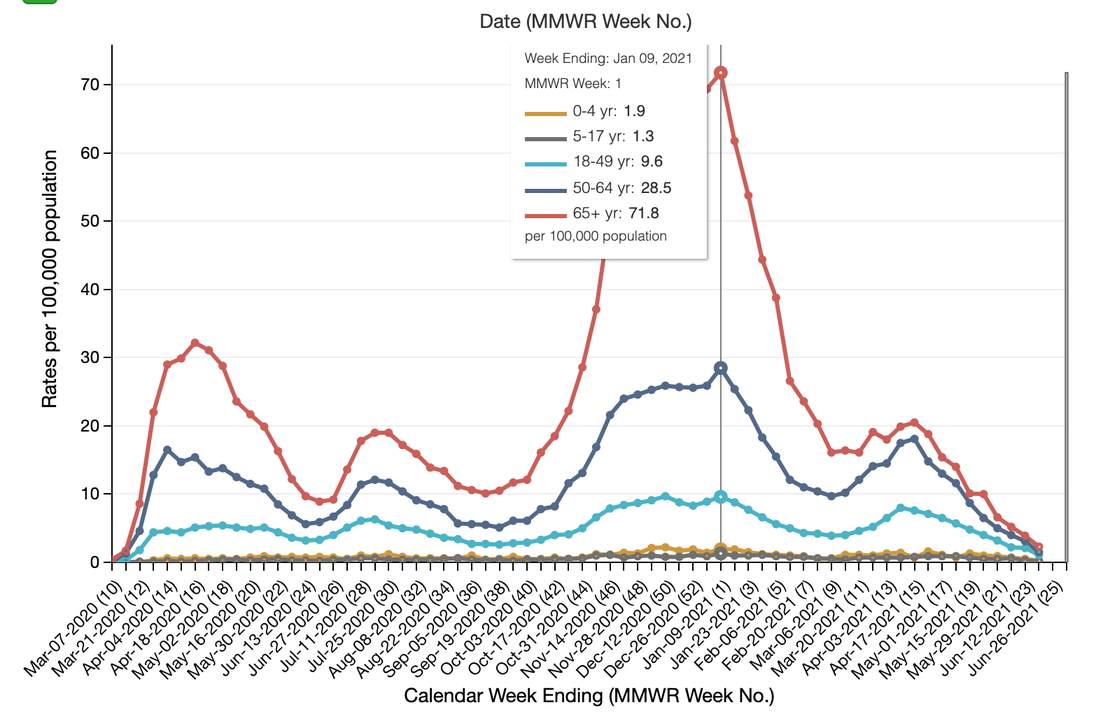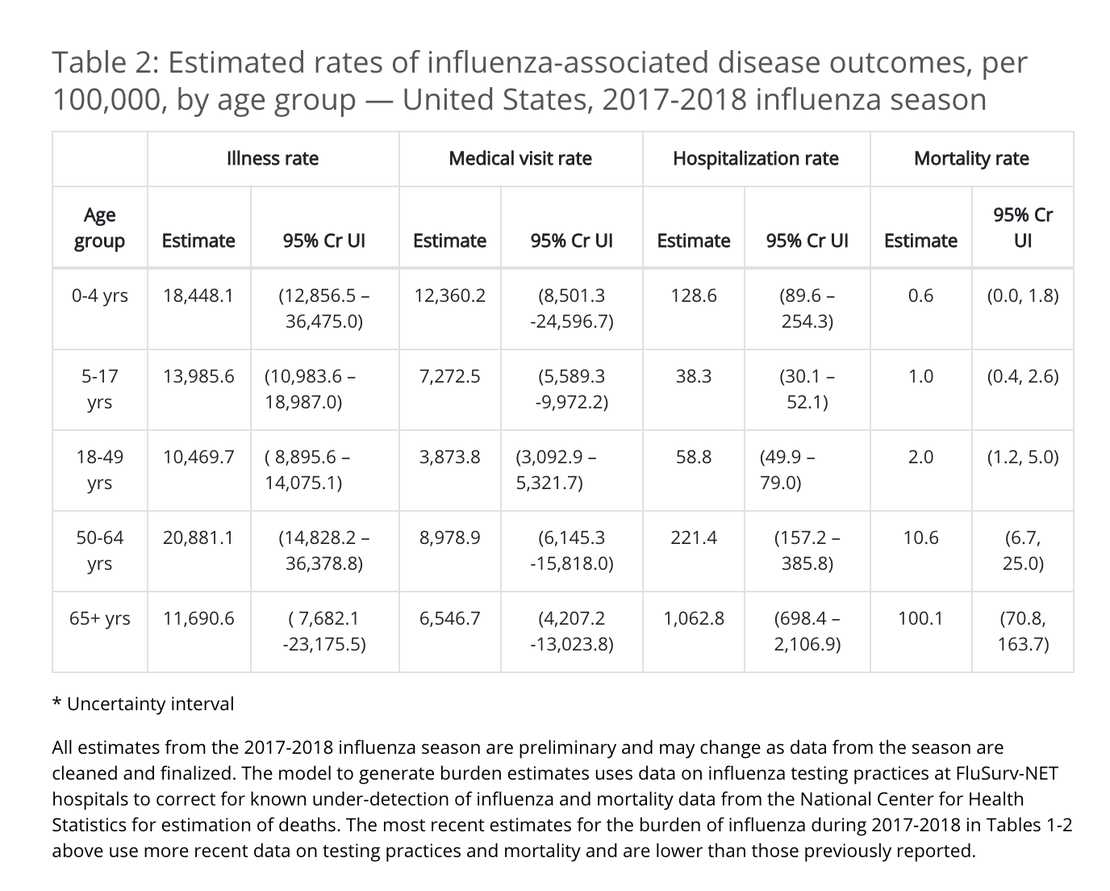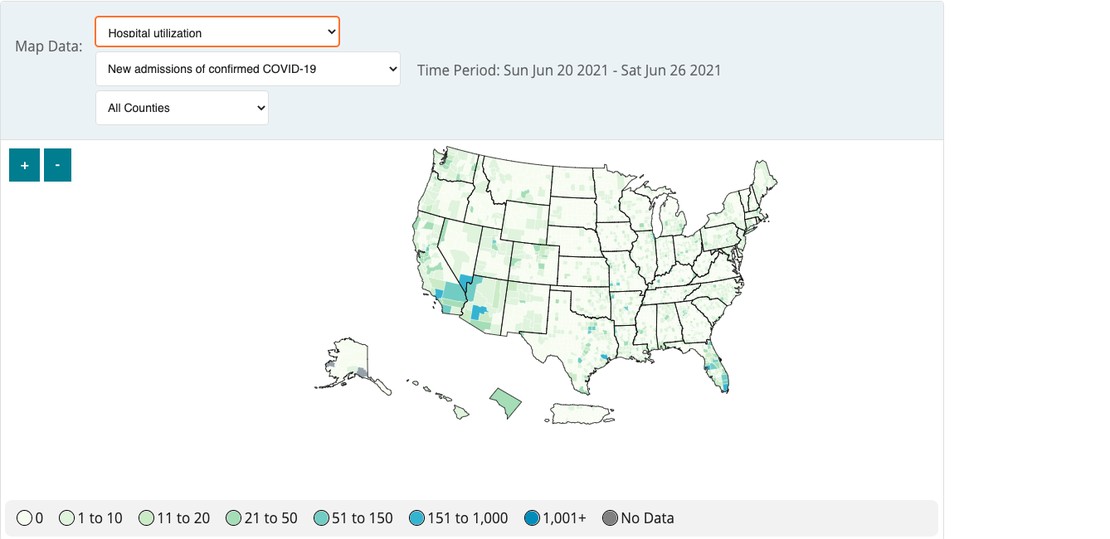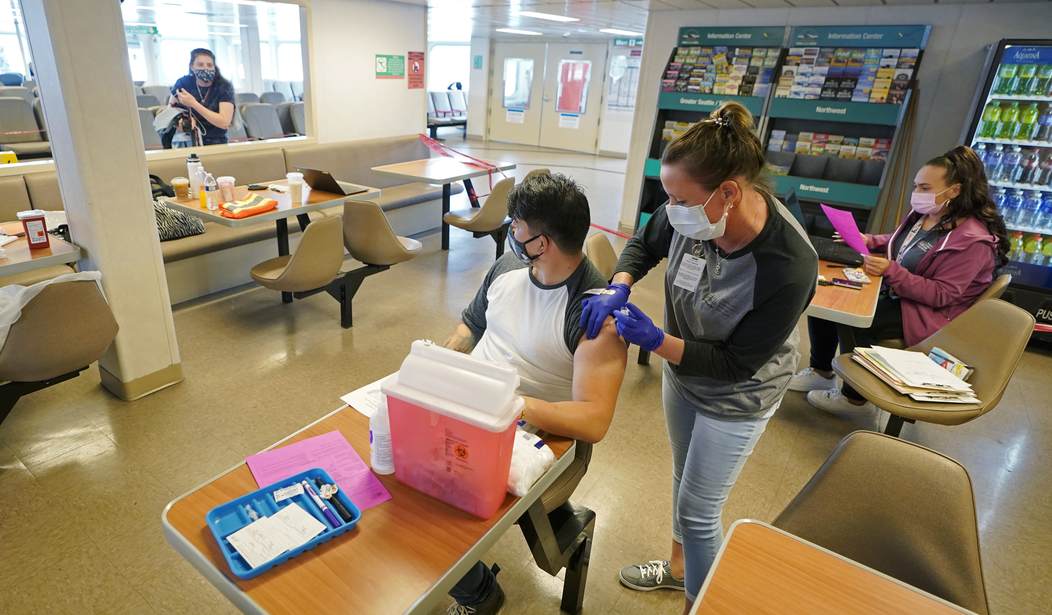Former Biden advisor Andy Slavitt really wants you to think there are only two choices: Get the COVID-19 vaccine or don’t. And if you don’t, COVID-19 will come for you:
The choice will be increasingly simple: vaccines or COVID.
Communities with low vaccination rates are exposed to COVID. From @DLeonhardt at the @nytimes pic.twitter.com/pQAE3HjEHA
— Andy Slavitt 🇺🇸💉 (@ASlavitt) June 28, 2021
Way to tell about a tenth of the story, Andy. The FDA has placed a warning about myocarditis and pericarditis following the second mRNA vaccination. This side effect appears to be most common in males under 30. Former New York Times reporter Alex Berenson looked at the CDC’s data on this issue and made the case that the COVID-19 vaccine risk in this population could be higher than the risk from COVID-19, although the CDC has not yet evaluated all the reports. Severe side effects are not limited to cardiac issues:
Also keep in mind that heart inflammation is only ONE potential problem the vaccines may cause. The CDC and journalists generally like to compare each individual vaccine side effect to ALL the risks of Covid, a slight-of-hand [sic] that has the effect of making the vaccines seem safer.
In fact, the CDC’s own data shows that for every 100,000 vaccines given to young people, more than 25,000 will have temporary side effects that prevent them from “normal activities,” 700 will require medical care and 200 will be hospitalized.
That data contrasts sharply with CDC hospitalization rates from COVID-19. This chart shows the rate of hospitalizations per 100,000 by age. You can see that at the height of the pandemic, for those under age 50, total hospitalization rates were much lower than 200 per 100,000.

And currently, hospitalizations in these age groups are even lower:

You can also compare the COVID-19 rates to the estimated rates for influenza in the 2017-2018 season.

It is important to remember the difference between being hospitalized for COVID-19 and being hospitalized with COVID-19. Because most hospitals still test everyone, the CDC data does not make that distinction, even though the agency does when evaluating hospitalizations and deaths post-vaccination. Data from California on hospitalizations of children showed around 40% were there with COVID-19, while their admission was related to something else.

There look to be about three counties nationwide experiencing high admission rates with COVID-19. If the rest of the nation has a few cases per 100,000 and people aren’t sick enough to be hospitalized, why the panic and pressure about vaccinations? Especially when, nationwide, we have very high vaccination rates in the 65 and older population, which is most likely to suffer severe illness and death:

Just today, the New York Times reported that vaccinated immunity for patients who received an mRNA vaccine is likely long-lasting. To date, the vaccinations have proven very effective, including against the Delta variant. So the at-risk population who received the vaccines are well protected. Further, research has shown that those naturally infected can expect the same. Researchers found blood marrow components that can crank out responsive cells for a long time. Somewhere in the neighborhood of 140 million Americans have recovered, according to the CDC burden estimates.
Related: Absurd Claims of Scientific Consensus on COVID-19 Should Raise Skepticism
In the absence of significant hospitalizations, disability, or death associated with lower vaccination rates, the chart Slavitt cites is meaningless. It is also deliberately constructed to make the difference look larger than it is. And, ultimately, it means that those who recover will have natural immunity.
A patient should decide whether or not to be vaccinated in consultation with his or her physician. A doctor can guide you through a full risk assessment. The fact that these vaccines are still experimental and given under an emergency use authorization is one of many reasons to discuss it with a doctor who knows you or your child—not a Twitter political hack telling a fraction of the story.










